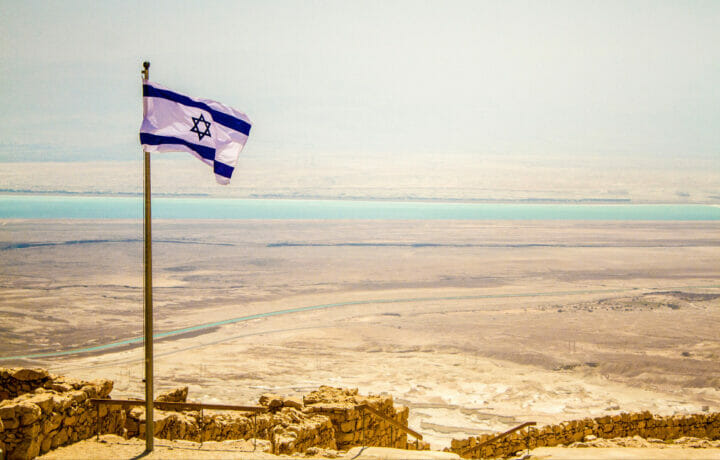The Syrian civil war is still underway for over eight years. In September of 2014, the Pentagon confirmed the United States and partner nations had undertaken airstrikes in Syria. Fighters, bombers, and Tomahawk missiles, authorized by President Barack Obama, coordinated by United States Central Command (USCENTCOM) struck a Syrian army base that Islamic State of Iraq and the Levant (ISIL) militants had recently captured. Arab partners from Bahrain, Jordan, Qatar, Saudi Arabia, and the United Arab Emirates (UAE) conducted and/or supported airstrikes in Syria’s Aleppo and Idlib provinces.
However, In December of 2018, the White House administration announced the remaining 2,500 U.S. troops in Syria would be withdrawn. The President was advised that a withdrawal give control of the region to Russia and Iran, abandoning America’s Kurdish allies.
Developing a Disconcerting Void
Following this, ambitions and anxieties were fueled in the region. Moscow’s military intervention in Syria, often was dubbed as a “testing ground” for Ukraine, began in 2015. Stories earlier this year suggested Russia was sending Syrians to Ukraine, with no real evidence to date. However, there is evidence of Russian troop redeployments due to the Ukrainian war effort.
Adding to the confusion, both Iraqi Shi‘a militants and Lebanese Hezbollah entered into the fight early and are still in Syria, supporting the Assad regime. The Turks and Kurds provide additional unresolved challenges and concerns. Turkey’s President Erdogan regarded Kurdish troops as terrorist groups and has continually rejected U.S. calls of protection.
Iran entered the Syrian Civil War vacuum in 2011, when Turkish authorities seized weapons from an Iranian cargo plane headed for Syria. Interestingly, Iran has assisted Syrian President Bashar al-Assad dynasty since the 1979 revolution, most recently providing significant logistical, technical, financial, military, and training support. Iran continues its expensive effort to keep Assad in power so they can develop the use Syrian territory and assets as a force projection platform to pursue Iranian regional interests. This could be lost, should Assad fall. Therefore, the Islamic Republic of Iran and the Syrian Arab Republic continue their strategic relationship.
Last month, the U.S. conducted air attacks on targets associated with Iran’s Islamic Revolutionary Guard Corps (IRGC) in eastern Syria. Even with Washington pulling back from its more extensive role in Syria, the U.S. remains in a limited capacity, presumably to fight ISIL (ISIS) and attempt to limit Iranian influence.
Israel’s Changing Posture
Recently, Israel has ramped up its attacks in Syria against Iranian targets. At least 24 Israeli air operations have taken place against targets in Syria since the beginning of 2022. Six such operations in the last month represent a dramatic increase in Israeli operations. It is not difficult to understand why the escalation continues.
Israel continues to target Aleppo Airport, due to recent indications Iran is relying on its “air bridge” to Syria and Lebanon. This reliance is due to Israel’s successful targeting of Iran’s weaponry and equipment movement by land.
The Jerusalem Post stated this week, that the Russian drawback reduces some risks for Israel. Iran may increase activities as Russia draws down, but “Tehran’s vulnerability increases with Israeli freedom of action.”
Israeli is broadening its assertive posture against Iranian activity in the region. David Barnea, current Director of the Mossad stated last week “Iranian leadership must understand that attacks against Israel or Israelis, directly or indirectly by proxies, will be met with a painful response against those responsible, on Iranian soil. We will not pursue the proxies, but the ones who armed them and gave the orders, and this will happen in Iran.”
The Syrian conflict has already constrained Iran’s influence in the Levant, and should the Assad regime fall, this would reduce Tehran’s power projection capability. Iran’s strategy is to maintain Assad and continue to pursue its vital interests. Should the regime collapse, Iran must preserve parts of Syria as its power projection base.
With nuclear diplomacy reaching a final round and the Ukrainian war remaining the primary focus of the West, the Middle East appears to be moving ever closer toward confrontation. One reflection of the change environment is the boldness of Israeli activity in Syria.



